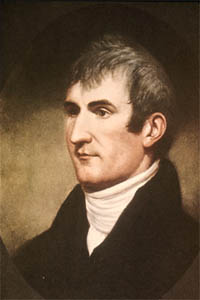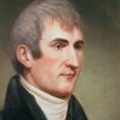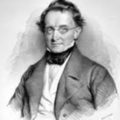Meriwether Lewis
The Cottonwood Explorer
On this day, in 1805, Meriwether Lewis was just one day away from reaching the Great Falls of Missouri.
He wrote his own brief description of a species that was previously unknown to science.
He wrote,
"The narrow-leafed cottonwood grows here in common with the other species of the same tree with a broadleaf."
Wonder if he saw all the cottonwood seeds floating through the air...
This post was featured onThe Daily Gardener podcast:
helping gardeners find their roots,
one story at a time

Meriwether Lewis





